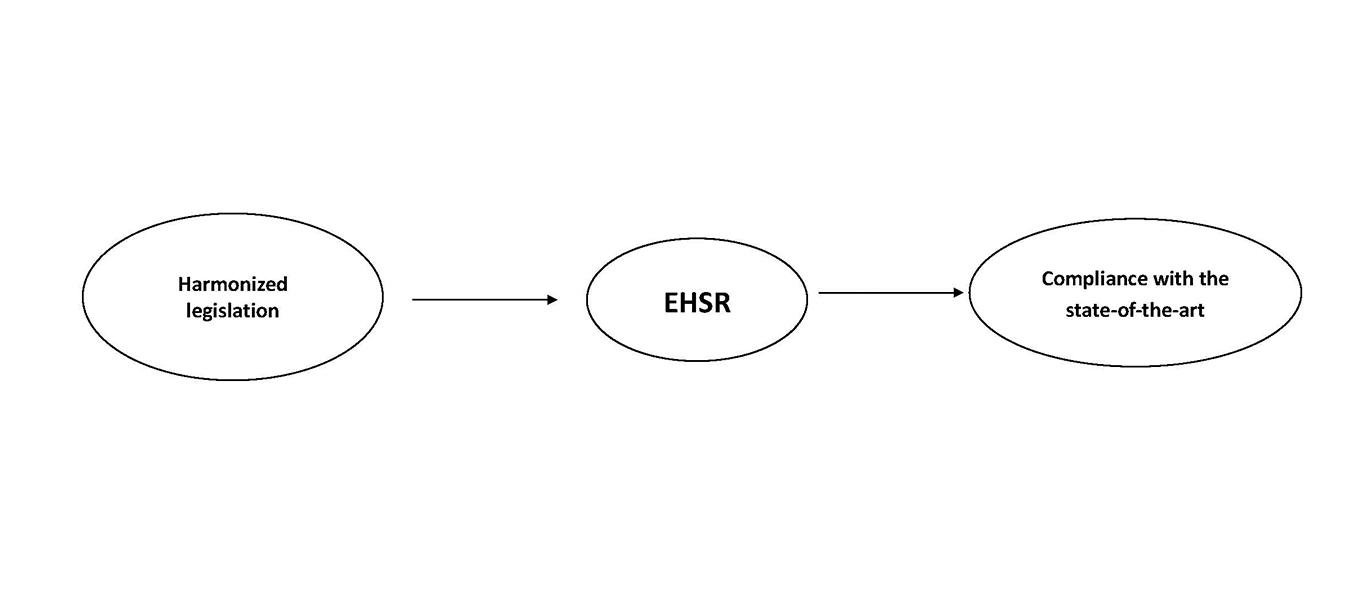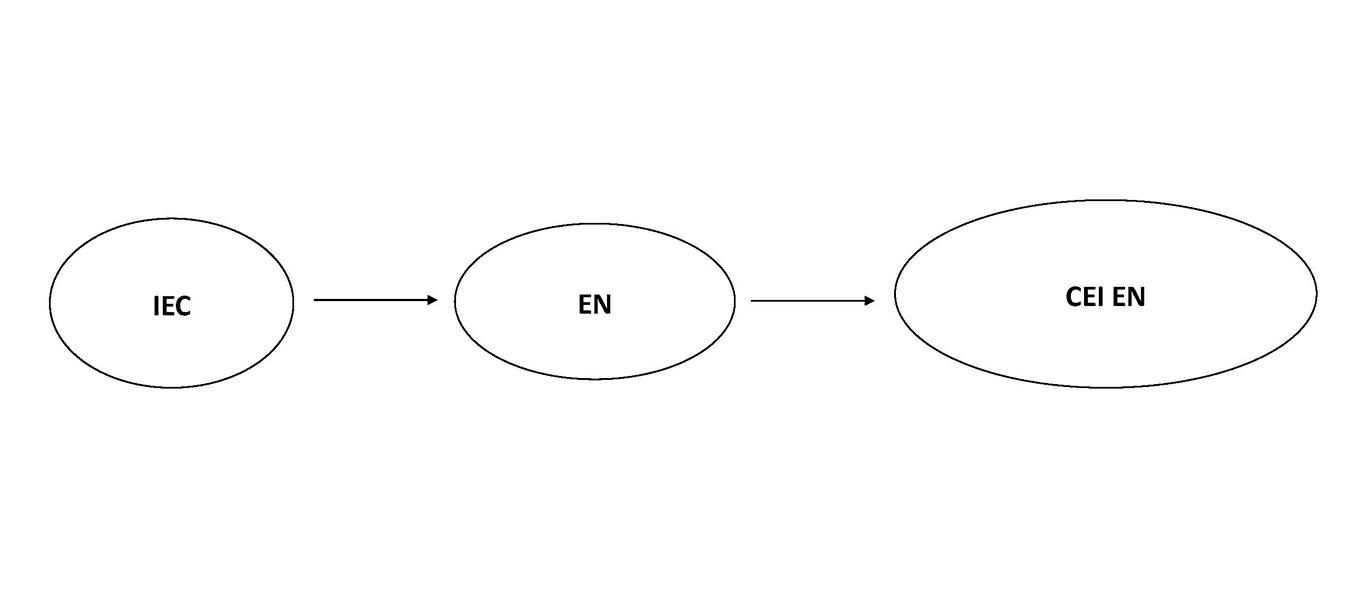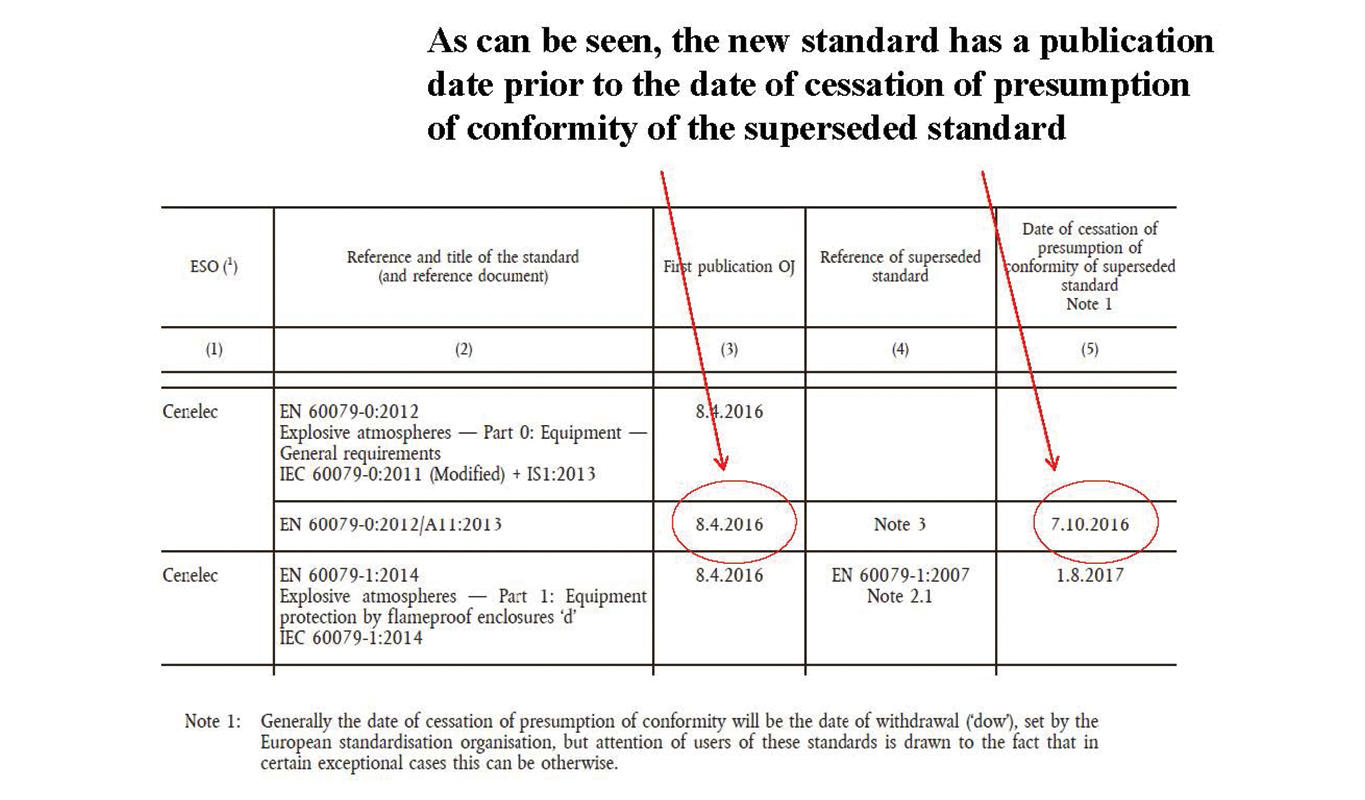Atex Directive 2014/34 / EU: legislation and state of the art
A fundamental principle of the ATEX Directive 2014/34 / EU, shared with the other Union directives, is the limitation of legislative harmonization to essential health and safety requirements of public interest. Within this legislative harmonization, a role of primary importance is played by the harmonized technical legislation and the concept of the state of the art. The ATEX Directive refers to this concept as a requirement requested of manufacturers.
by Andrea Battauz, R&D Project Engineer of Cortem Group
Introduction
A fundamental principle of the ATEX Directive 2014/34 / EU, shared with the other Union directives, is the limitation of legislative harmonization to essential health and safety requirements of public interest. These requirements concern the protection of the health and safety of users (e.g., workers or consumers), but may also concern other areas (e.g., protection of property, scarce resources, or the environment).[1]
Within this legislative harmonization, a role of primary importance is played by the harmonized technical legislation and the concept of the state of the art. The ATEX Directive refers to this concept as a requirement requested of manufacturers. Let's try to understand what the state of the art consists of.

EHSR, presumption of conformity from harmonized standards and state of the art
The ATEX 2014/34/EU directive requires that a device meet the EHSR, "Essential health and safety requirements". Annex II of the directive provides an overview of the EHSR to be adopted to avoid the risk of explosion, without however including detailed technical and manufacturing specifications.
These purely technical details are described by the European harmonized standards, so the normal path to demonstrate compliance with the EHSR is to comply with the requirements provided in one or more harmonized European standards. [1]
The current and relevant European harmonized standards are considered as a demonstration of the "state of the art" for a particular type of protection.

Figure 1: Normal route to demonstrate compliance with the EHSR

The Official Gazette of Italian Republic and the editions of the regulations currently in force
To identify the existing and relevant standards to be applied, a brief excursus on the current development process of harmonized standards is useful.Most of the harmonized standards relating to the ATEX world are issued by CENELEC (European Committee for Electrotechnical Standardization) and based (identical or with some modifications) on IEC (International Electrotechnical Commission) standards. The EN standards are then implemented and translated in Italy by the CEI (Italian Electric Committee), in some cases with changes valid on the national territory called national deviations or in National Amendment.
As already pointed out, the legislation follows the development of the technique, and it has a continuous evolution. In the ATEX field, harmonized European standards have on average a five-year cycle between the release of a new edition and the previous one. The currently valid edition of the standard is visible in the Official Gazette of Italian Republic, freely downloadable from the European community website.

In the Official Gazette we also find other details of the harmonized legislation. In particular, there is the legislation replaced by the new standard issued and the date of cessation of the presumption of conformity of the replaced standard (the old standard). In other words, the old rule continues to be valid for a certain period, after which it expires.

Figure 3: Detail of the Official Gazette with the replaced standard and the date until which it is still valid
This period of coexistence between the new and the old standard lasts about two years, in this interval both editions of the standard are considered valid to ensure compliance with the state of the art. The rationale behind this concession is the possibility of disposing of any inventories of devices that comply with the previous standard.
Anyone purchasing ATEX components or equipment must therefore request this information from the distributor or commercial agent. In fact, the presumption of compliance with the rules of the art is not assured if the product complies with the regulations of editions prior to those in force.The regulations for which the device is suitable will be found listed in the EU declaration of conformity [3].

Figure 4: Detail of the Official Gazette and the period of coexistence between the old and the new standard
The Gap Analysis
Now let's see a particular case concerning a category 1 or 2 electrical equipment. As we know, such an electrical equipment must be equipped with a type certificate issued by a notified body, in addition to the EU declaration of conformity containing the standards to which the appliance is according to. Well, it may happen that the legislation on the type certificate and the one indicated in the EU declaration of conformity are of a different edition.
This can happen if the new edition of a standard introduces changes and extensions that do not concern the device in question [4] or if the regulatory changes are of an editorial nature.
The manufacturer can carry out a gap analysis (i.e., an analysis of the differences) between the old and the new standard and declare compliance with the new standard. [5]
Conclusions
Directives are not descriptive of technical requirements as harmonized legislation is. This allows you not to have to continually revise the directives, leaving the harmonised legislation the task of following technological evolution.
This legislative framework also makes it possible to overcome the deadlock if an equipment does not fall within the cases already dealt with by the harmonized legislation, opting in this case for the direct application of the EHSR. Although it may seem like an academic situation, we find a particularly significant parallel in the IECEX regulatory framework. In this scheme there is no possibility of going out of the rut traced by the standard, which is why, to remedy this situation, the type “s” (i.e., special) protection mode has been introduced. Within a few years from the publication of the standard, many such equipment have been certified and launched on the market. [6]
Reference standards and bibliography
[1]ATEX Guidelines May 2020 § 139
[2]ATEX Guidelines May 2020 § 140
[3] Directive 2014 34 EU - annex 10 - par. 6
[4]example: a change to the EN 60079-7 standard in the paragraph on rotating machines does not affect the compliance of an increased safety lamp
[5]to verify the relevance of a change to the standard to a given product, the extent of the change to the standard can be checked in Annex ZY
[6]HazardEx 2 2018 - pag. 15